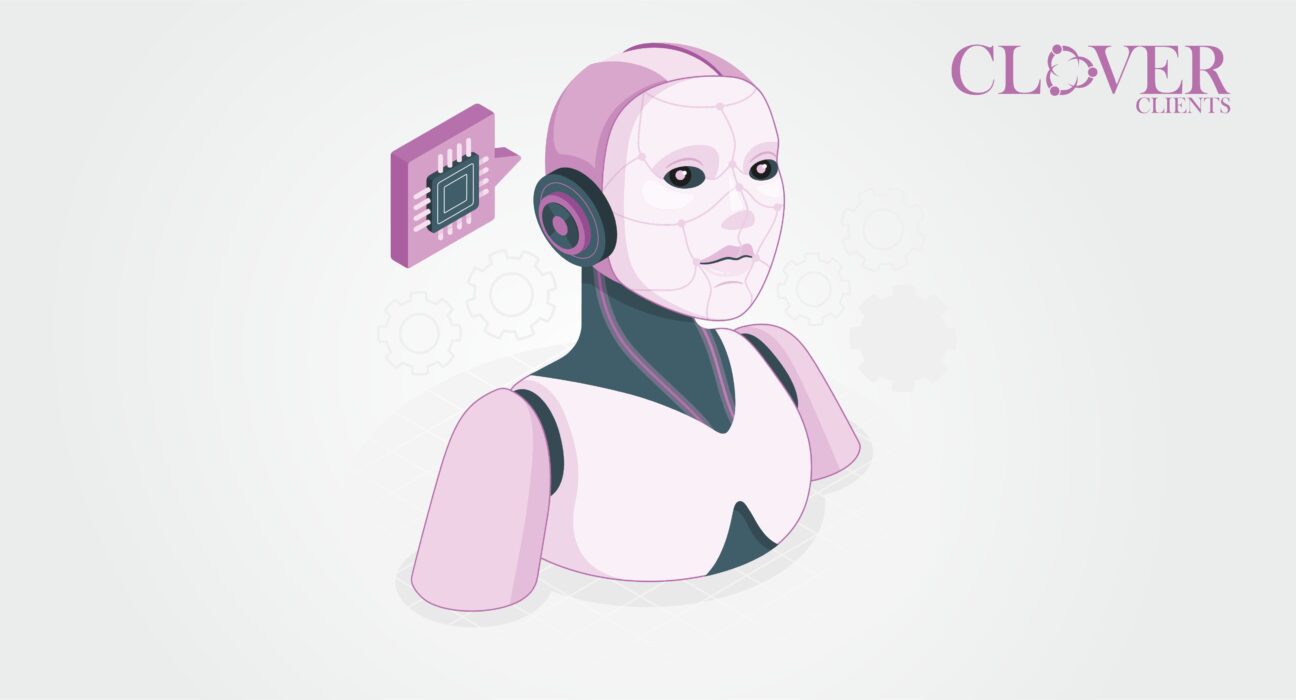The Long Language Models Overload: Amazon Brings ChatGPT Like Ai.
Just over two months ago, OpenAI ChatGPT available to the general public. It was thrusting the AI-powered chatbot into the center of popular conversation and ignited discussions about how it can change business, education, and other areas.
Then, Chinese internet giants Google and Baidu debuted their chatbots. Demonstrating to the public that their so-called “generative AI” (technology that can create conversational text, visuals, and more) was also ready for general use.
Amazon’s new language models now exceed many people and GPT-3.5 by a margin of 16 percentage points (75.17%) on the ScienceQA benchmark.
Amazon Says
The CEO of Amazon, Andy Jassy, conveyed his excitement for generative AI’s potential and called the chances it offers “interesting.” Jassy also stated in an interview with the Financial Times that numerous significant IT firms have been using these sizable, generative AI models “for quite some time.”
“I think it’s exciting, what’s possible with generative AI,” Jassy told. “And it’s part of what you’re seeing with models like OpenAI ChatGPT. But most large, deeply technical companies like ours, have been working on these very large, generative AI models themselves for a long time.”
Supporters of Amazon are concerned that the company is lagging in the field of generative AI. As exemplified by ChatGPT, which has been all the rage lately. Even though the company already has AI and machine learning technology such as its voice assistant Alexa and CodeWhisperer.
Siri, Alexa, and other personal assistants are designed to comprehend human input, process it, and respond in a conversational style. This uses machine learning techniques and a subset of NLP known as NLU (Natural Language Understanding). However, ChatGPT cannot be referred to be an assistant. It simulates human text generation abilities after being taught a substantial amount of text data.
Why Long Language Models (LLMs)?
Large language models (LLMs) may now perform effectively on tasks requiring complicated reasoning thanks to recent technological advancements. Chain-of-thought (CoT) prompting, the technique of creating intermediary logical stages to demonstrate how to do something, is used to do this.
However, the majority of recent CoT research solely examines language modality. When looking for CoT reasoning in multimodality, researchers frequently use the Multimodal-CoT paradigm. Multiple inputs, including language and visuals, are necessary for multimodality.
Ai Here Ai There
OpenAI’s ChatGPT started a revolution, and Google joined it. And now Amazon has unveiled its AI model, which outperforms GPT-3.5 in terms of its capacity for human-like reasoning. After all, if chatbots can communicate with one another, it’s only a matter of time before they begin to create their own “language generation.”
Okay. This is no Sci-Fi movie. Or is it?
ChatGPT Alternatives Everywhere
- Google Bard.
- Microsoft Bing.
- Chatsonic.
- Jasper Chat.
- Character AI.
- YouChat.
- OpenAI Playground.
- DialoGPT.
These are just a few of the LLMs that have emerged recently. It’s essential to keep in mind that the capabilities of AI still need to be fully realized at the current state of the art. Contrarily, there has never been a time when the boundaries of artificial intelligence have advanced as quickly as they do now. Even while ChatGPT appears fantastic to us right now, it is a stepping stone to what comes next.
For cloud services and APIs where flexibility and corporate access are more important than latency, large language models will continue to be the norm. But despite recent architectural advancements, the bulk of organizations, whether in academia, the public or private sector, will still find it challenging to use these kinds of language models.
the Ai bandwagon is Amazon. Yet another conversational Ai, what does our future look like if more and more such Ai keep emerging?


6 Comments